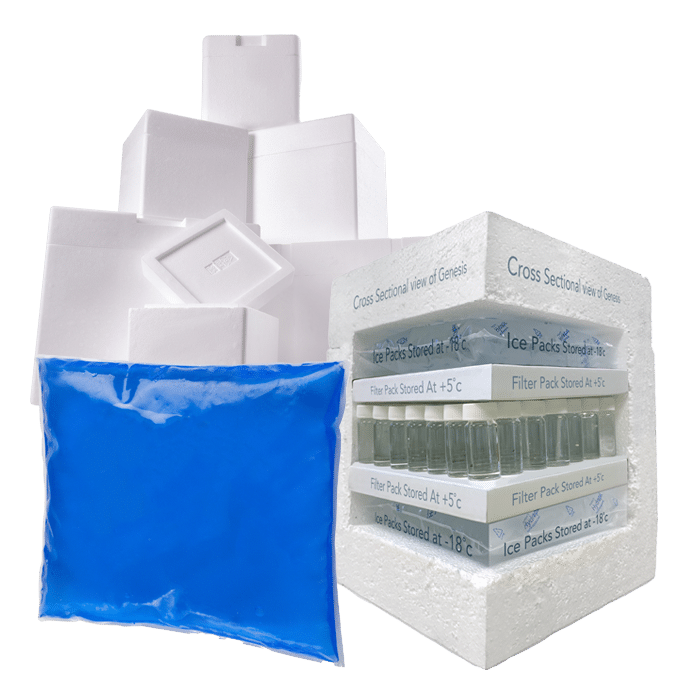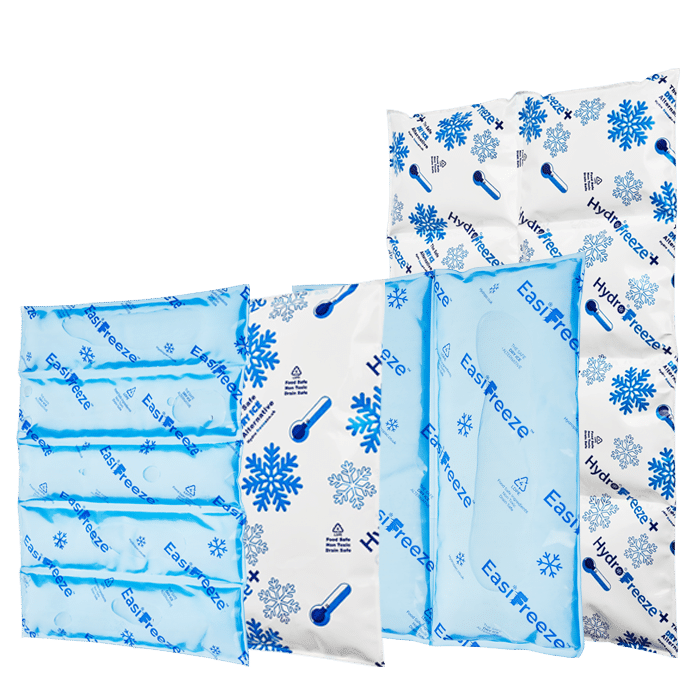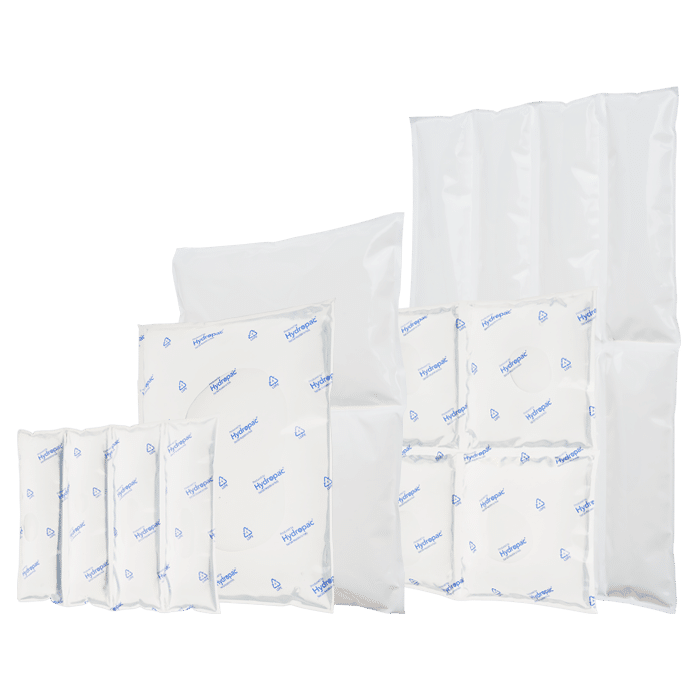Markets
Hydropac is not confined by boundaries; our temperature-controlled solutions transcend industries, meeting unique challenges and safeguarding products’ integrity. With a broad spectrum of applications, we cater to diverse markets, ensuring that each sector benefits from our expertise.
Food Industry Assurance
From frozen goods to delicate confectioneries, our temperature-controlled packaging ensures that taste, texture, and safety are preserved.
Pharmaceutical
Find solutions that preserve the efficacy and safety of medications, vaccines, and biologics. Our solutions play a crucial role in maintaining the cold chain, ensuring that life-saving products reach patients in optimal condition.
Retail Innovation
Our products enhance the shelf life of perishable goods, from farm to table. We offer insulated packaging that minimises temperature variations, preserving the freshness of food and produce.
Medical and Healthcare
We provide temperature-controlled solutions that contribute to the safe transportation of sensitive medical equipment, samples, and products. From blood to diagnostic materials, our solutions maintain the required temperature range.
Promotional Markets
First impressions matter. Hydropac crafts custom-designed packaging solutions that elevate your brand. Whether it's a branded ice pack or an innovative cooler, we help you make a lasting impact while ensuring your products stay fresh and enticing.




